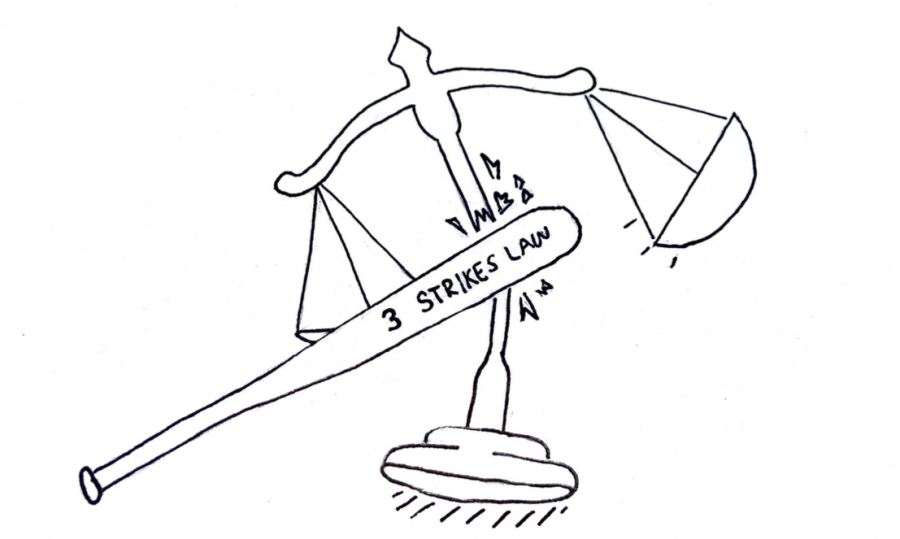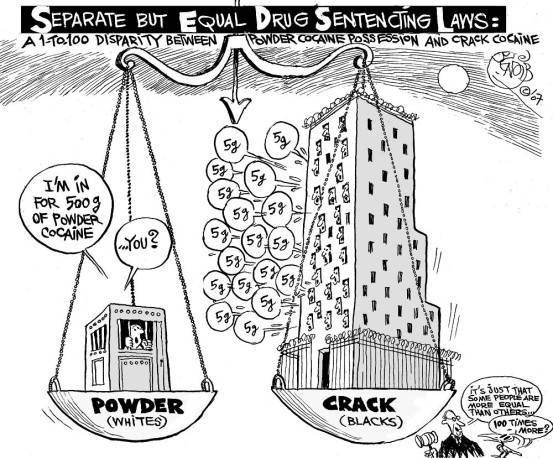
Photo courtesy of Isabella Roesler and Anna Silverman.
A report prepared by the Civil Rights Clinic at Seattle University School of Law and the Fred T. Korematsu Center for Law and Equality found scathing inequalities continue to exist in the criminal justice system. In Justice is Not a Game, they rely on data to demonstrate that Washington’s Three-Strikes Law fails to meet its penological goals. Consequently, this punishment is arbitrary and cruel.
WHY “THREE STRIKES, YOU’RE OUT” IS UNJUST
“Three Strikes, You’re Out” has at least five strikes against it: (1) it is overly retributive, punishing much more harshly than is justified, which makes it an immoral punishment; (2) it fails as a deterrent, making it ineffective as a policy choice; (3) it excessively over-incapacitates, imprisoning people far beyond when they would continue committing serious offenses; (4) it fails to allow for rehabilitation and redemption; and (5) it is applied in a racially disparate manner, making this punishment arbitrary and hence cruel.
Ample research demonstrating the first three points already exists. ThE report focuses on the latter two—the denial of redemption and the striking racial injustice. It also provides historical context of the POAA and explains in detail why repeal of the Persistent Offender Accountability Act (POAA) is a justifiable policy choice that would leave the rest of Washington’s Sentencing Reform Act (SRA) intact.
THE NUMBERS
According to the study, Black people are 18 times more likely than White people charged with three strikes crimes to be sentenced as persistent offenders. Also, Indigenous persons are sentenced to life without parole three times more often than White persons. In a state where only 4.6% of the population is Black, about 40% of those sentenced to life without parole are Black persons. There is no way this severe racial disproportionality can be justified.
One of the most prevalent areas imposing three-strike sentences is second-degree assault, the basis for 142 of the 270 three-strike sentences in Washington. Of those convicted of this crime, 33% are Black, and 5% are Indigenous. Compared to the state population, Black people are over-represented by a factor of 7, while Indigenous persons are over-represented by a factor of 2.5. Likewise, life without parole sentences for anticipatory offenses imposed on Black and Indigenous persons are also severely discriminatory, with 32% of them imposed on Black persons and 11% imposed on Indigenous persons.
Evidence indicates that none of the penological goals of incarceration are met when a court imposes a life without parole sentence. As those serving these sentences age, the sentences fail to meet the interests of justice as they can no longer be justified as retributive or to increase public safety. Instead, the sentences operate to incarcerate those who pose no danger to the community.
HOW CAN THIS STUDY BE USED?
If you have a three-strike case, you can use this study to argue that three-strike sentences are arbitrary and unconstitutional. The racial disparity inherent in the sentences makes them cruel and, as such, violates Washington’s Article I, Section 14’s ban on cruel or unusual punishment. Our Supreme Court has recognized that this type of detail is more than adequate to make a constitutional challenge. It is time for Courts to acknowledge the extreme arbitrariness of this law and strike it down.
Please contact my office if you, a friend or family member are charged with a crime. Hiring an effective and competent defense attorney is the first and best step toward justice.















